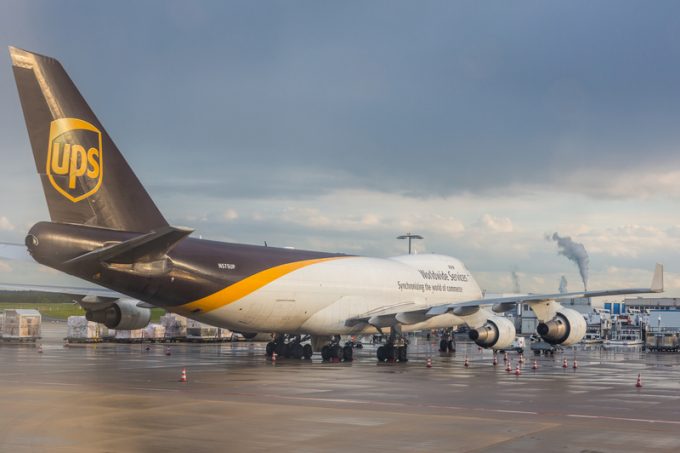FedEx message regarding passing of founder and executive chairman Frederick W. Smith
June 21, 2025 10:13 PM The following is a message sent to FedEx team members. Team, It is ...

UPS fell behind expectations in the first quarter of 2023. Management sees signs of the decline coming to an end, but challenges remain: first, it needs a deal with the Teamsters.
The integrator’s results for the first quarter disappointed, falling behind management’s projections from January. Revenue ...
MSC switches two more Asia-Europe port calls from congested Antwerp
Front-loading frenzy has made traditional H2 peak season 'unlikely'
Tradelanes: Export boom in Indian sub-continent triggers rise in airfreight rates
Carriers introduce surcharges as congestion builds at African ports
Mexican airport modernisation plan unlikely to boost cargo facilities
Ports and supply chain operators weigh in on funding for CPB
Box ship overcapacity threat from carrier appetite for new tonnage
Tradelanes: Overcapacity on Asia-S America impacting alliances and rates

Comment on this article